In 2020, legal cannabis sales in the United States exceeded $17.5 billion. That’s a 46% increase over the previous year. This spring, a study from YouGov and the cannabis firm Cresco Labs found that one in four adults in the US currently consume cannabis or have tried some form of it in the last 12 months, with use increasing by more than 56% since 2018. 23% of those who consumed cannabis said they’d tried it for the first time within the last year.
Meanwhile, states across the country have legalized THC for medicinal or recreational purposes, making cannabis products more accessible than ever. For commercial photographers and advertising clients alike, the cannabis industry represents fertile ground for generating new, in-demand content. Whether you’re documenting the production process behind the scenes or composing eye-catching still lives featuring popular products, there are unlimited ways to incorporate cannabis culture into your Licensing portfolio. Read on for some ideas.
A changing culture
According to an annual report from Leafly, the legal cannabis industry in the US now supports 321,000 full-time jobs. In 2020, it saw a doubling of 2019’s job growth, and in the meantime, cannabis sales went up by 71%. Data from the Pew Research Center in April further revealed that 60% of US adults say marijuana should be legal for medical and recreational use, while another 31% say it should be legal for medical use only. Less than 8% say it shouldn’t be legal for use by adults at all.
A Gallup survey from late 2020, meanwhile, found that a record-high percentage (68%) of Americans support the legalization of marijuana. That’s a drastically different picture from when Gallup first polled the public about cannabis; back then, only 12% supported legalization. It took decades until that number exceeded 30% in 2000, and it’s now more than twice that.
As public attitudes have changed, so too have representations of cannabis and cannabis users in popular culture. The stereotype of the “lazy stoner” has been debunked (in fact, studies suggest that cannabis users tend to be more active), and fashion magazines and brands alike have given cannabis culture a contemporary makeover. In the process, outdated cliches have been replaced with modern visuals. For today’s photographers, that means avoiding negative stereotypes and presenting a more authentic view of cannabis culture today, including highlighting cannabis users as responsible, functional people with diverse and compelling stories.
Note: All US states that allow sales of recreational cannabis require customers to be over 21 years old. Be responsible. Only work with models who are legal adults, and avoid featuring children.
Photographing cannabis: From grower to consumer
In May, The New York Times called the pandemic a “breakout moment” for the cannabis industry, as dispensaries around the country pivoted to online orders and curbside pickup. Meanwhile, New York and New Jersey saw the addition of new growing operations and cultivation and processing plants, as producers rushed to fill what’s expected to be a massive surge in demand.
Visualizing cannabis culture in commercial stock photography can cover every stage in the process, from the grow house to the final consumer. Do your research into the local industry and its players, and follow industry blogs and magazines. You can start by collaborating with a grower in your area to photograph the harvesting, trimming, drying, and curing of plants. You might even offer some of your photos to them at a discount to use in their marketing materials in exchange for permission to license the photos to other buyers down the road.
From there, you can document the experience of visiting a dispensary or retail location. You can team up with the owner and budtenders to photograph this process. Reach out, and get to know the businesses and their vision for more immersive and authentic photos. Some consumers have their products delivered straight to their doorsteps by ordering online, so you can photograph the eCommerce aspect as well, including online shopping, packaging and distribution, and the final delivery.
And of course, you can photograph the consumer, whether they’re browsing products or using them in everyday life. Cannabis users come from all walks of life, so remember to be inclusive in your casting. You can’t “fake” these kinds of images, so work with models who are comfortable with the products and know what they’re doing. They might have ideas you hadn’t considered, and your photos will be more authentic. By considering both the business and consumer side of this burgeoning industry, you’ll be able to add diversity to your portfolio, while also forming valuable connections within the community.
Beyond the bud: Edibles, tinctures, and more
Of course, the flower itself is just the beginning. The cannabis industry also includes edibles (with CBD or THC or both), and new wellness products (ranging from face creams to bath bombs) have been formulated for everything from pain relief to inflammation. Vogue published a story earlier this year on artisanal edibles, including endlessly photogenic treats like Turkish delight and mochi. Martha Stewart even has a line of CBD products, from gummies to oil drops.
For photographers, that means tons of opportunities for shoots. When propping, choose generic packaging and steer clear of any logos or branded details. For cannabis-themed lifestyle sessions, you can focus on how real people take advantage of the therapeutic and medical benefits of the plant, beyond simply smoking. When it comes to these shoots, remember to tap into trending themes like self-care and wellness.
You can also get creative with still lives and product shoots. Maybe you go minimal and eye-popping with colorful edibles, or perhaps you incorporate the plant itself for an all-natural vibe. You might also take an abstract approach with conceptual still lives or flat lays. Finally, mix up candid portraits and staged, stylized still lives for a diverse and varied portfolio. Remember to draw inspiration from the brands that are leading in this space; follow them on social media, and subscribe to their newsletters. Immerse yourself, and keep an eye on new visual trends emerging within the industry.
Not on 500px yet? Click here to learn about Licensing with 500px.

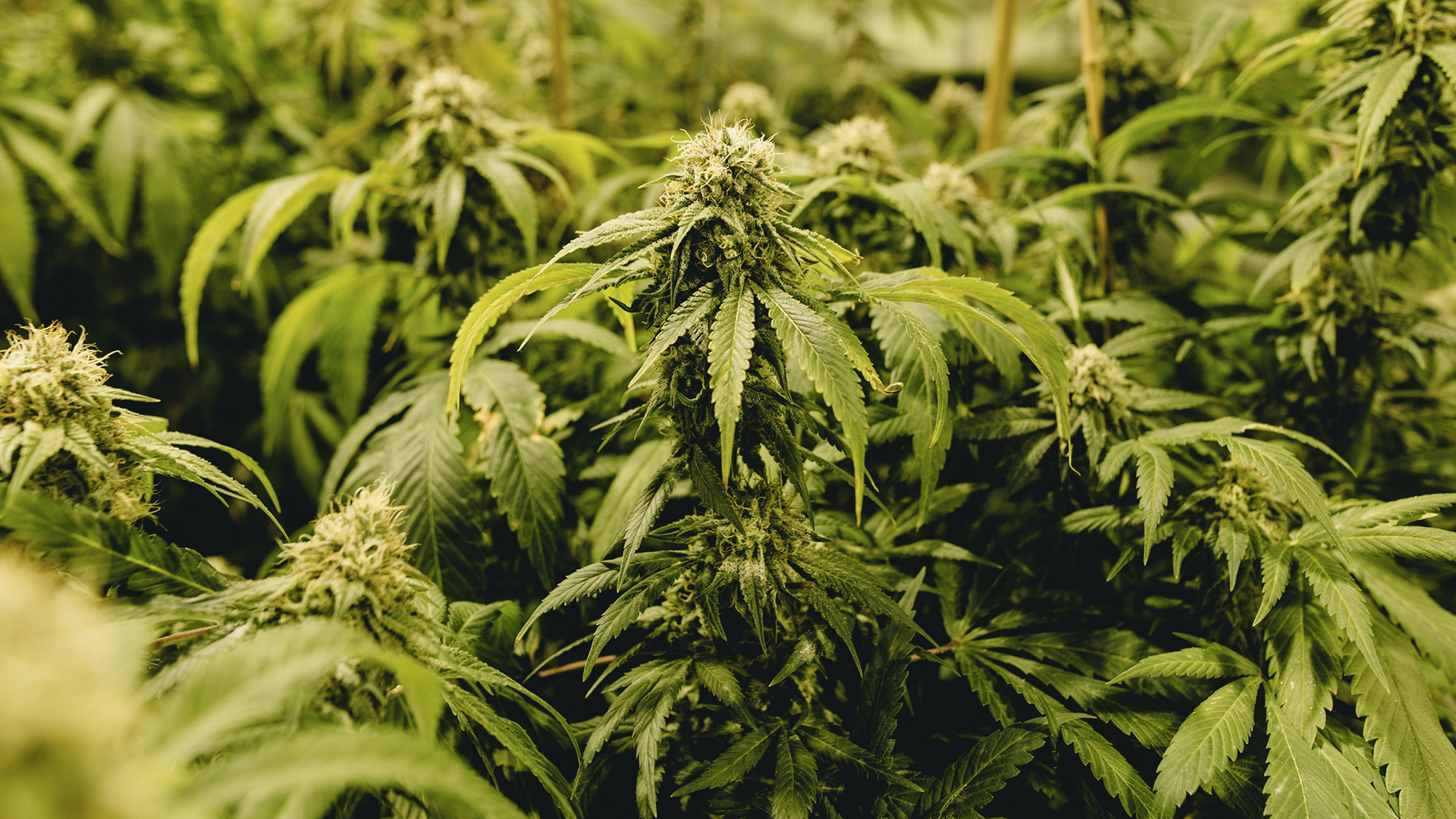
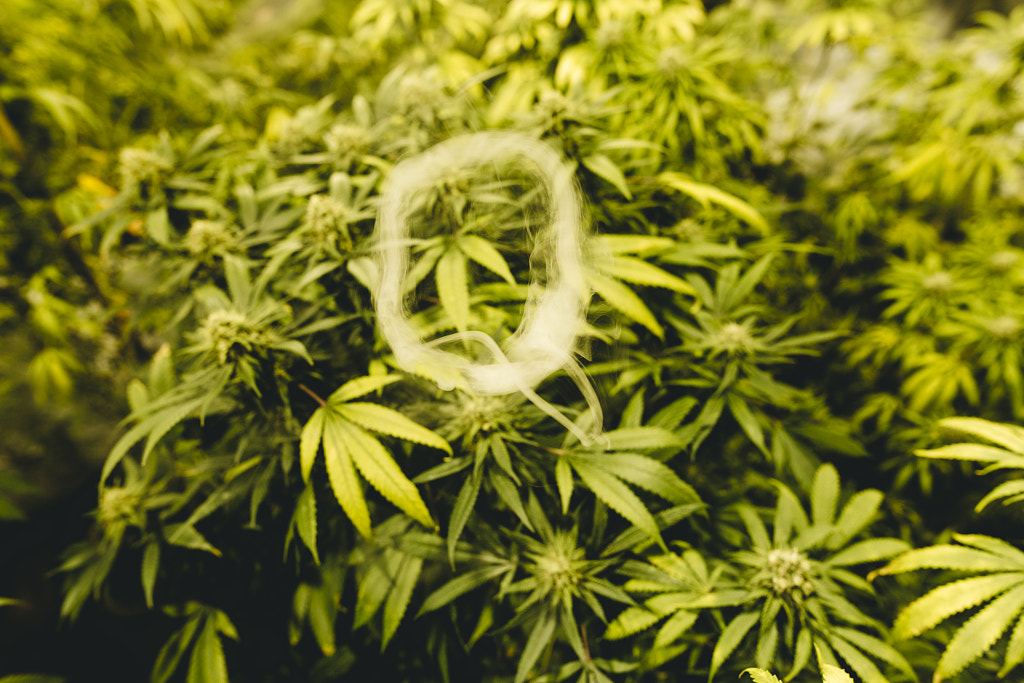
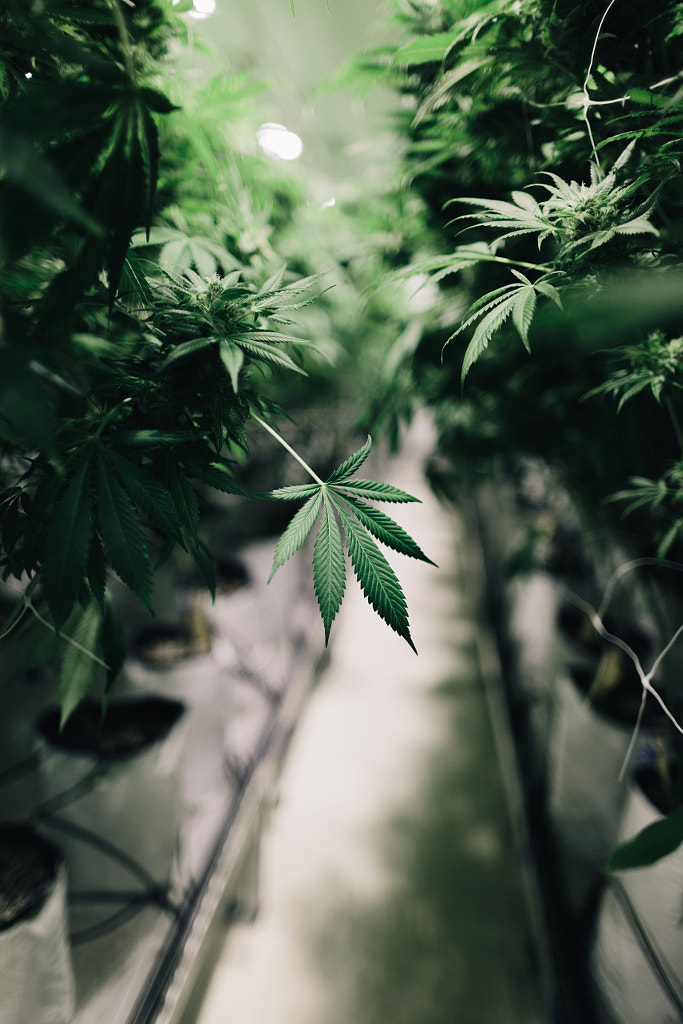
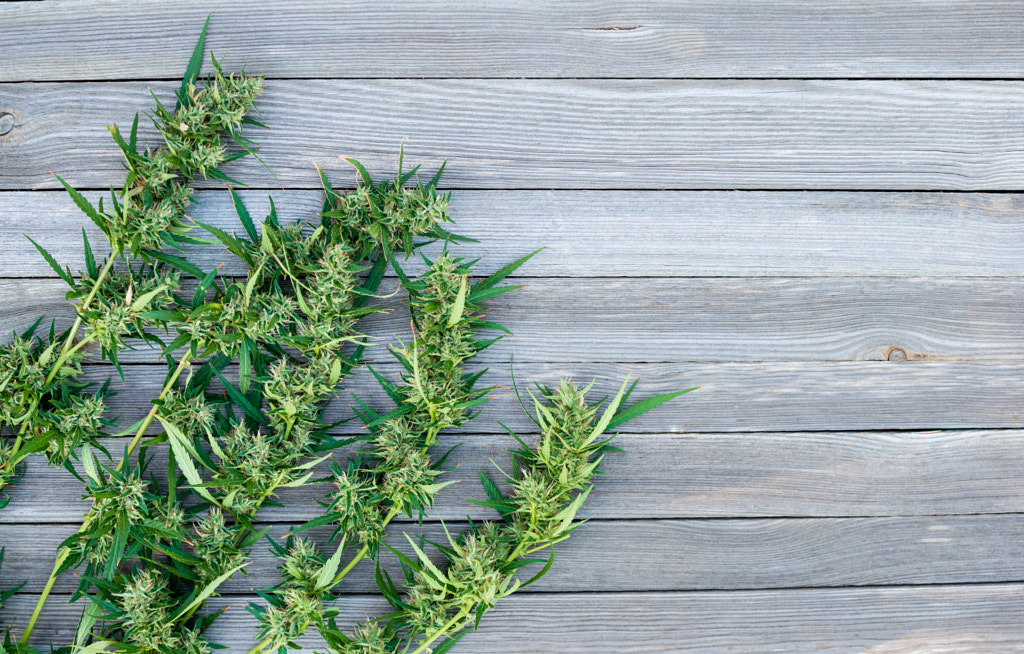
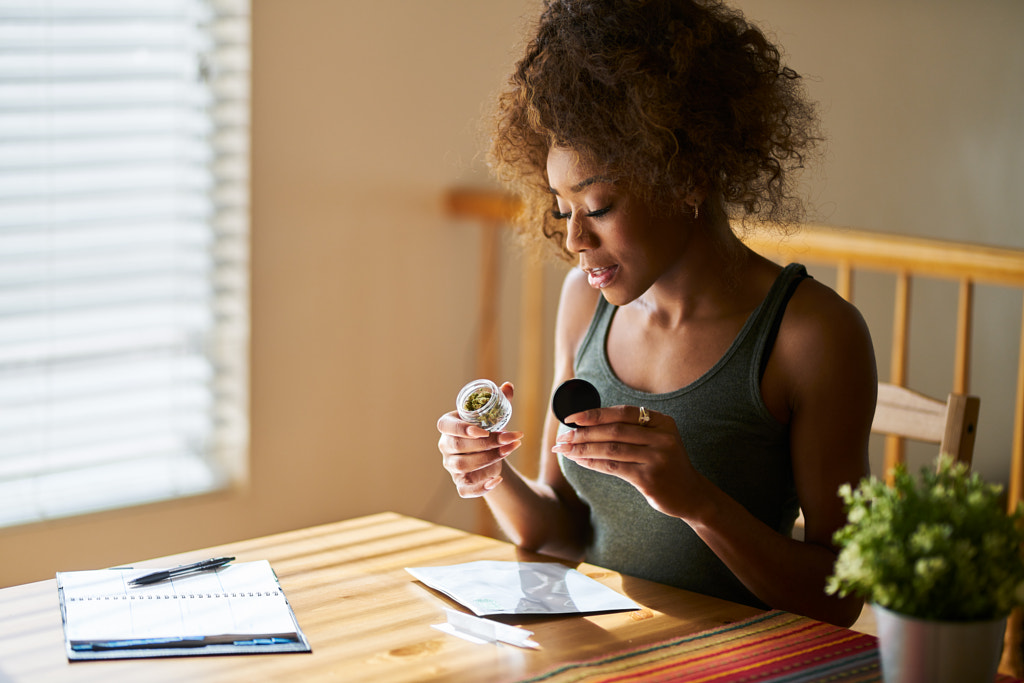
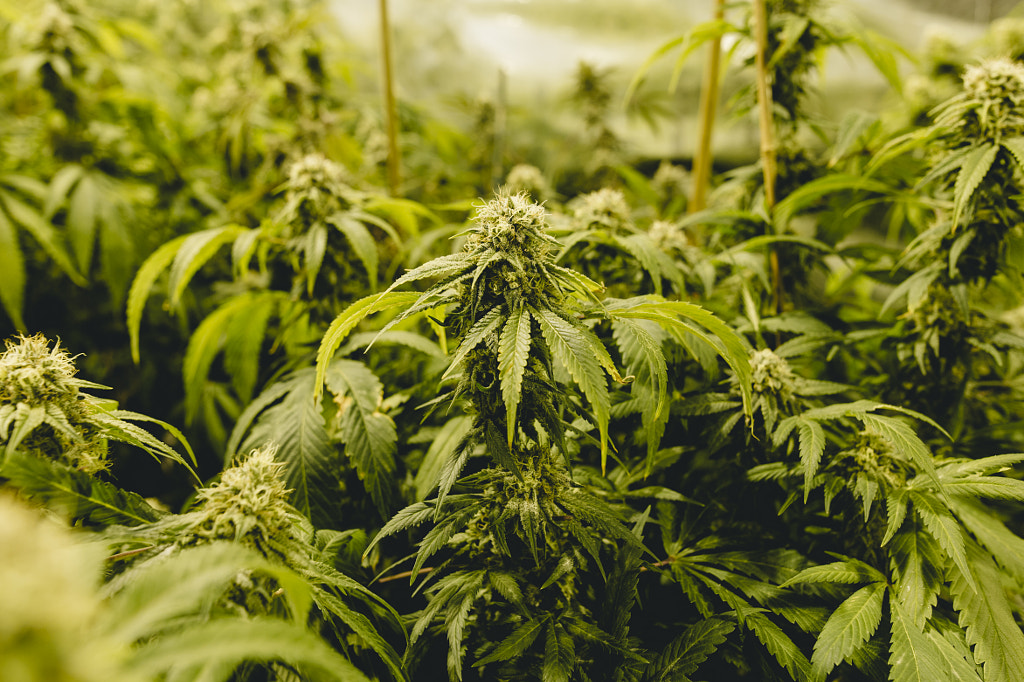
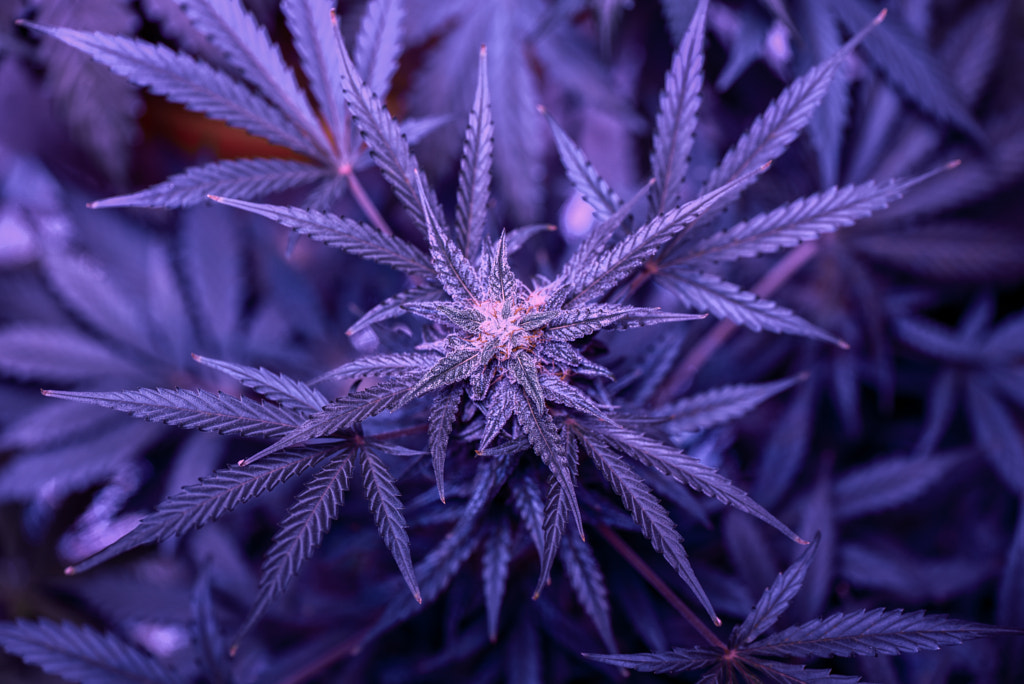
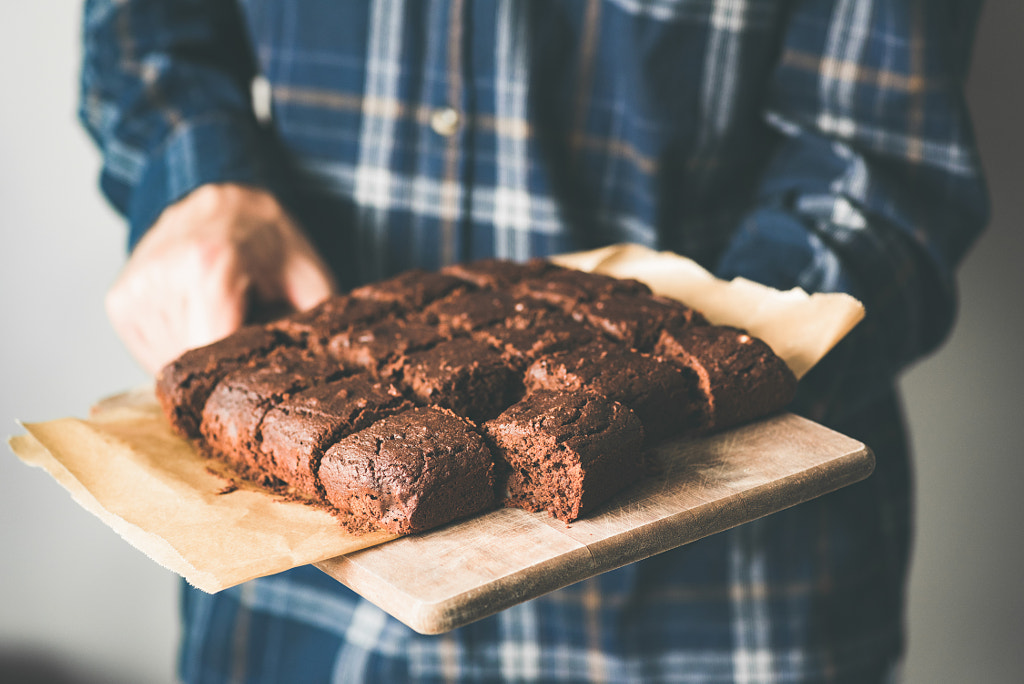

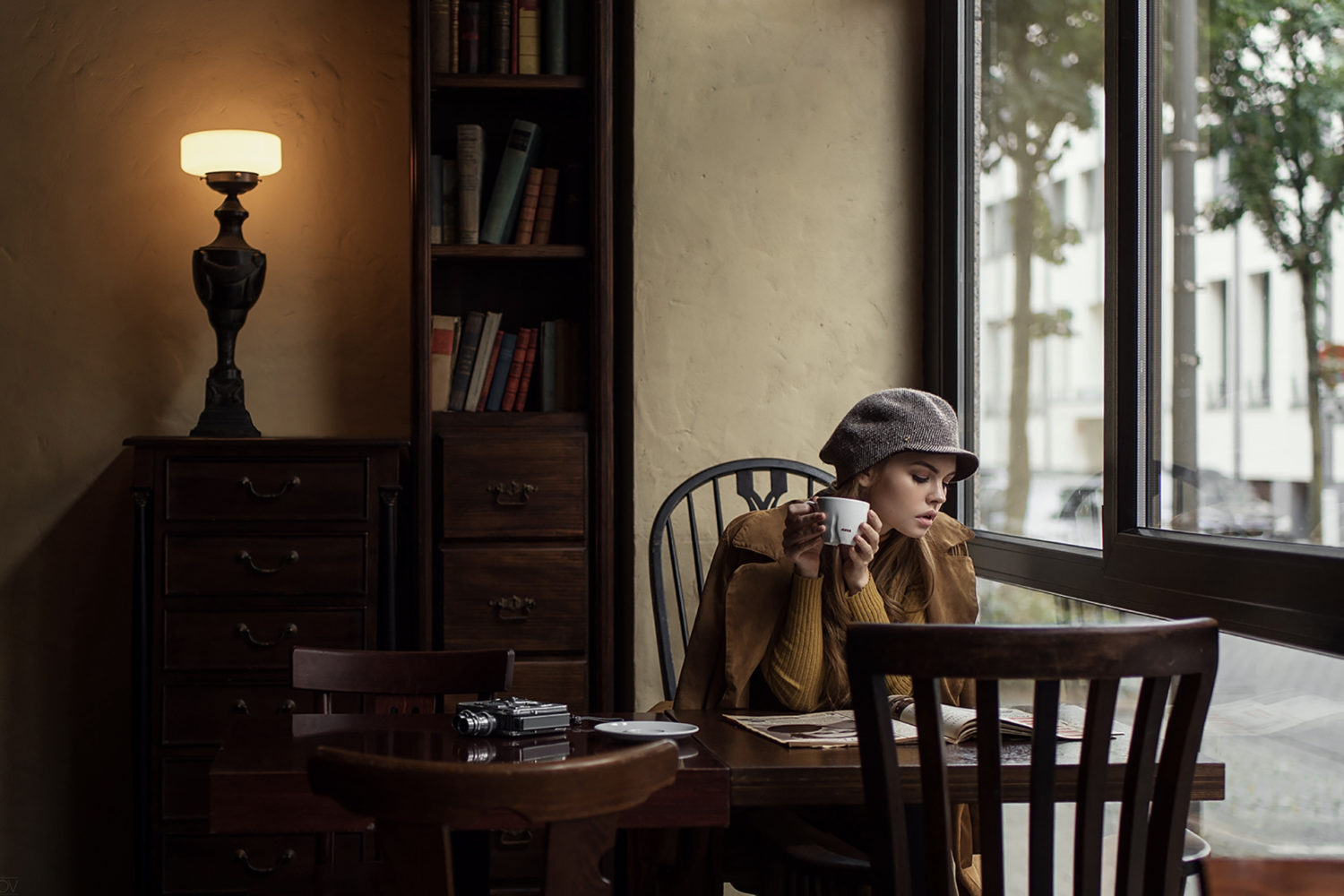


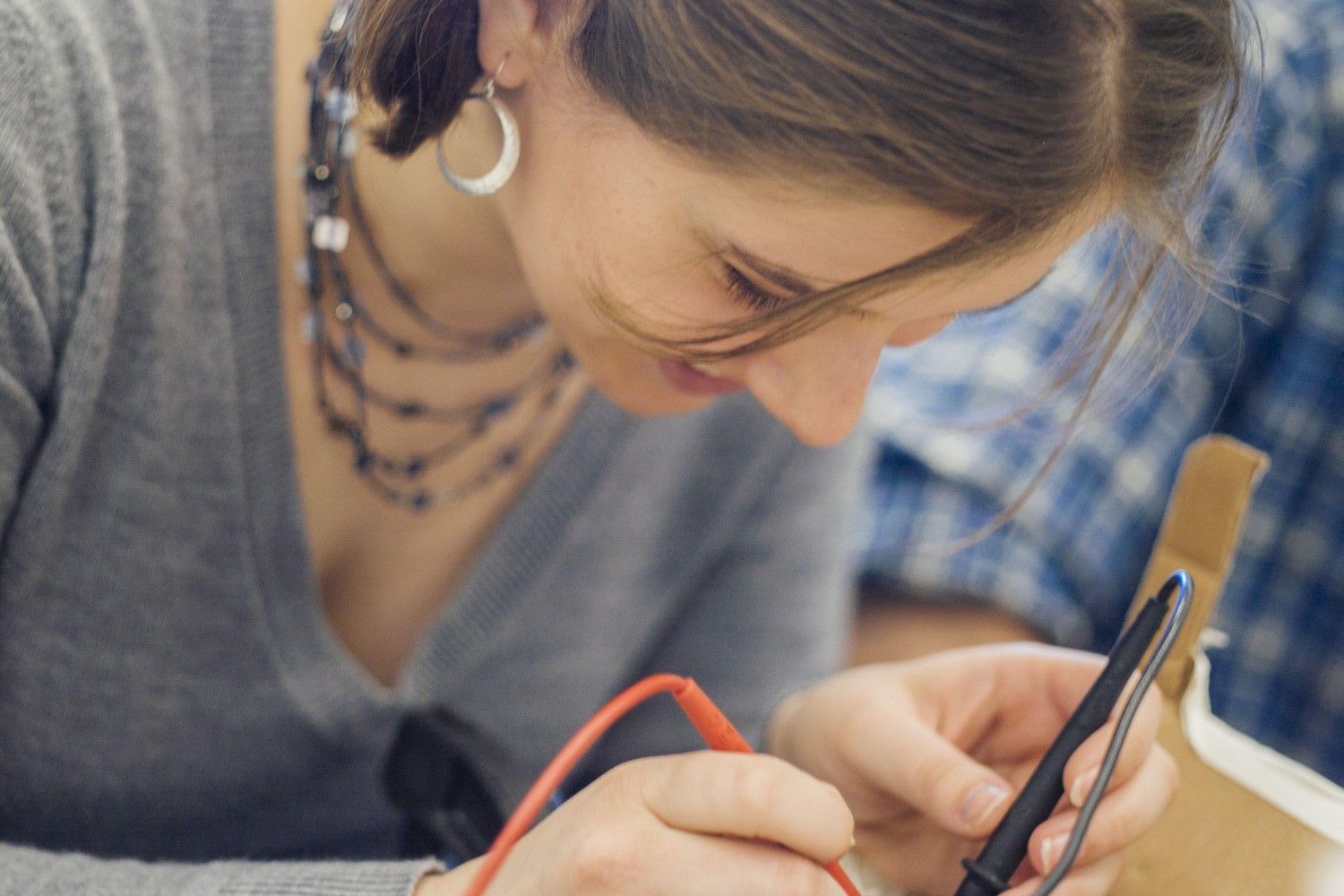
Leave a reply